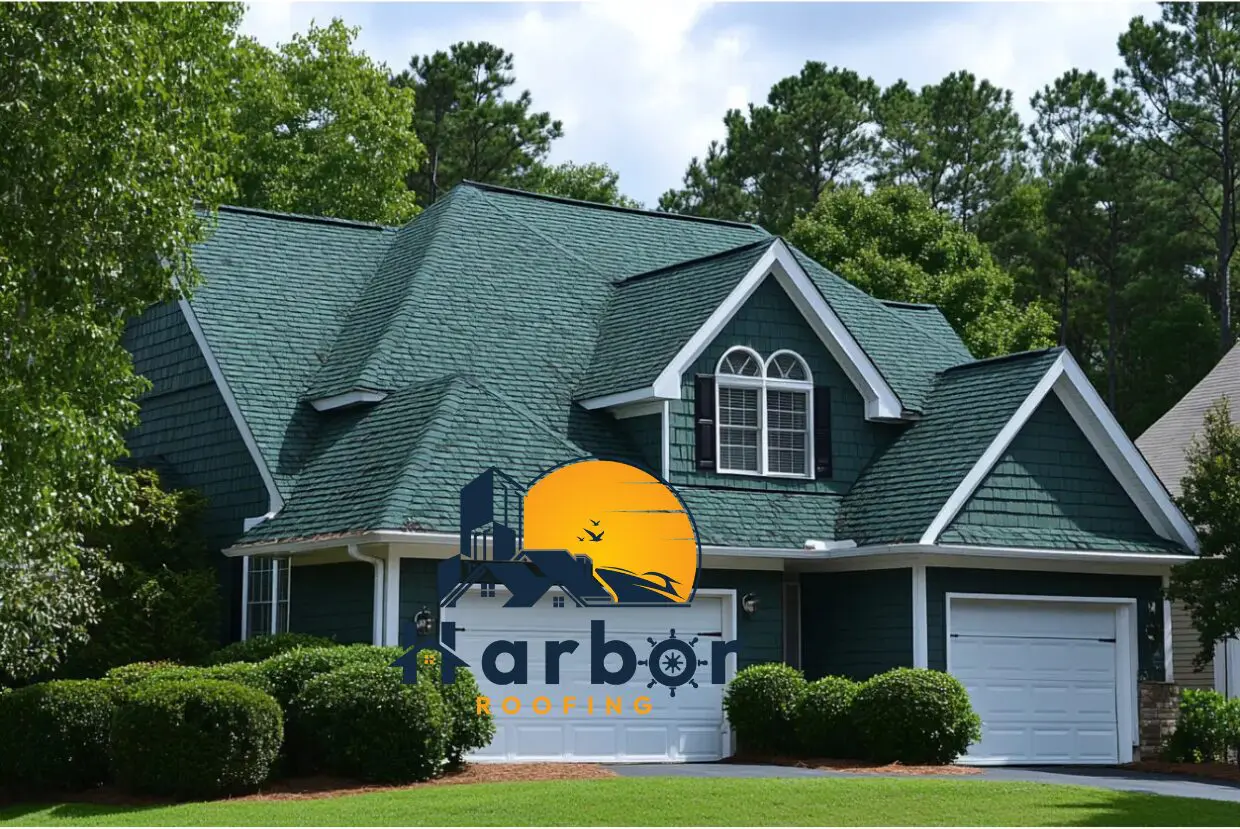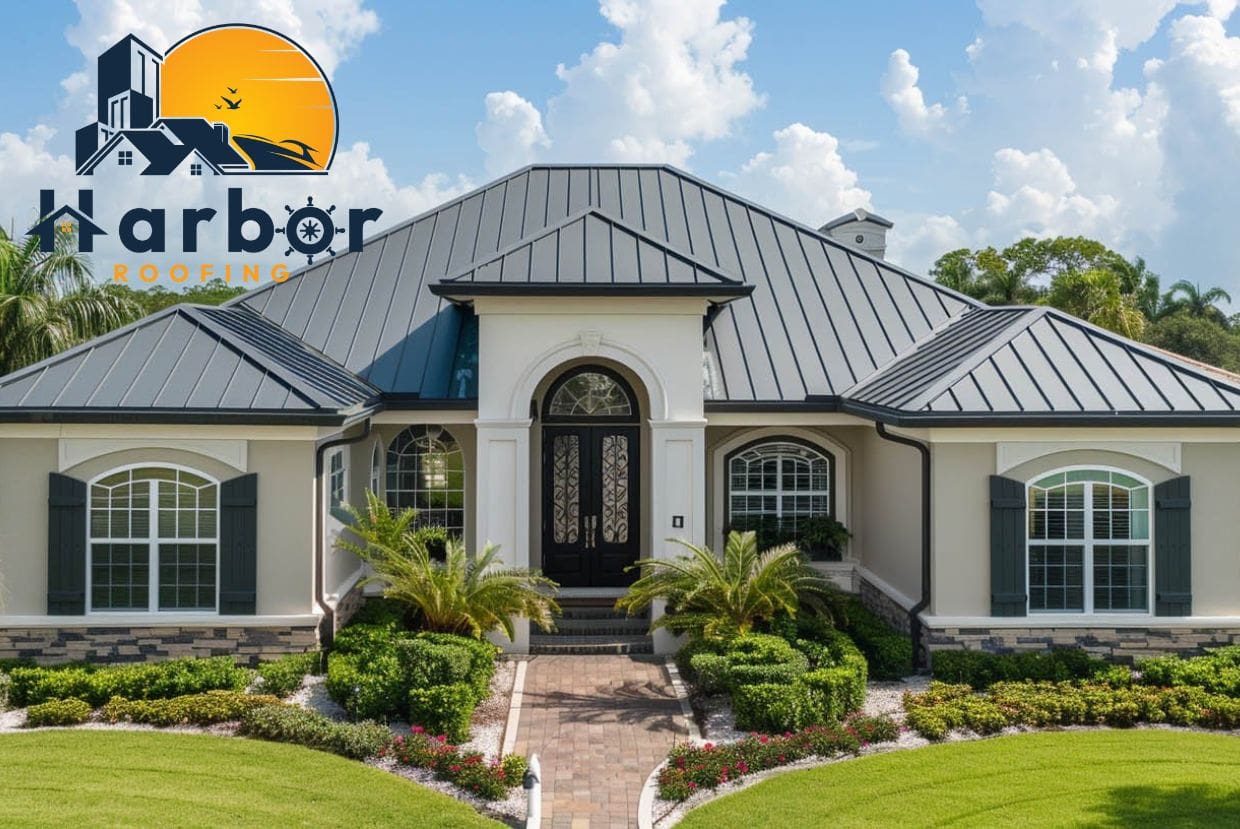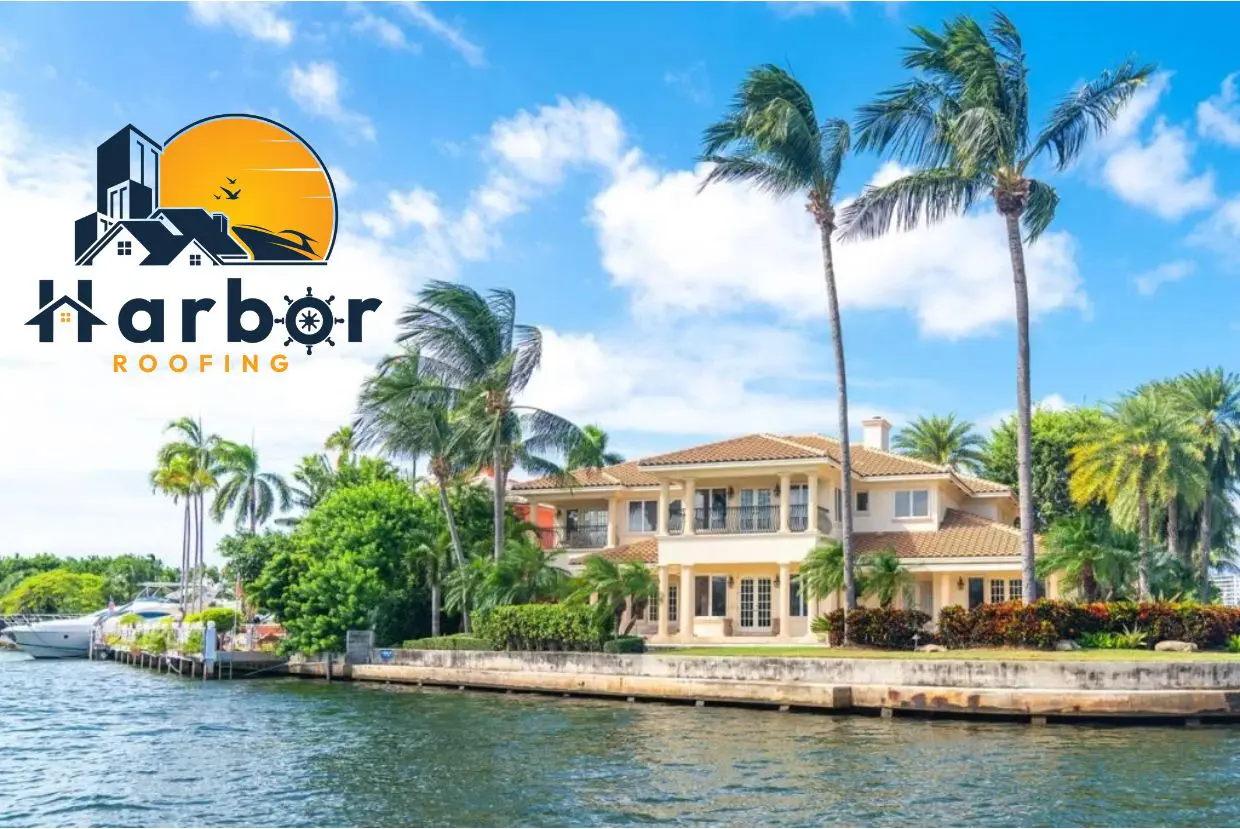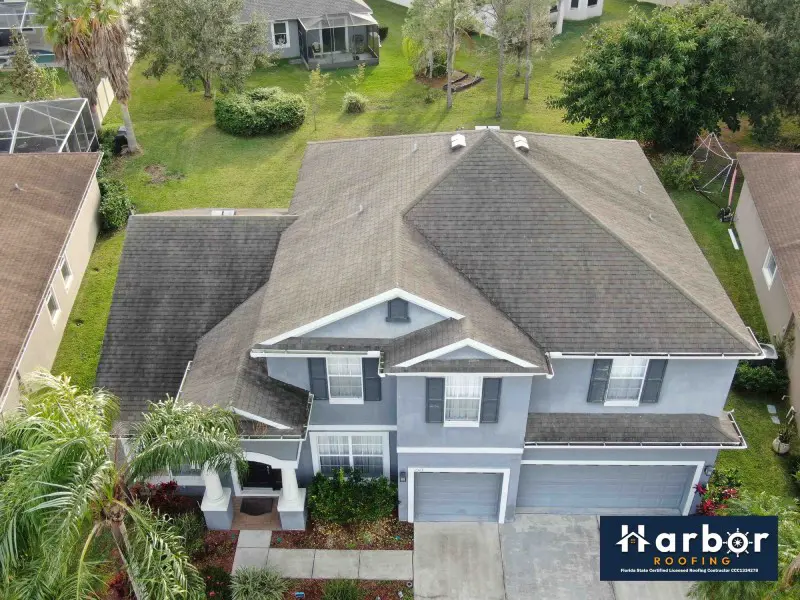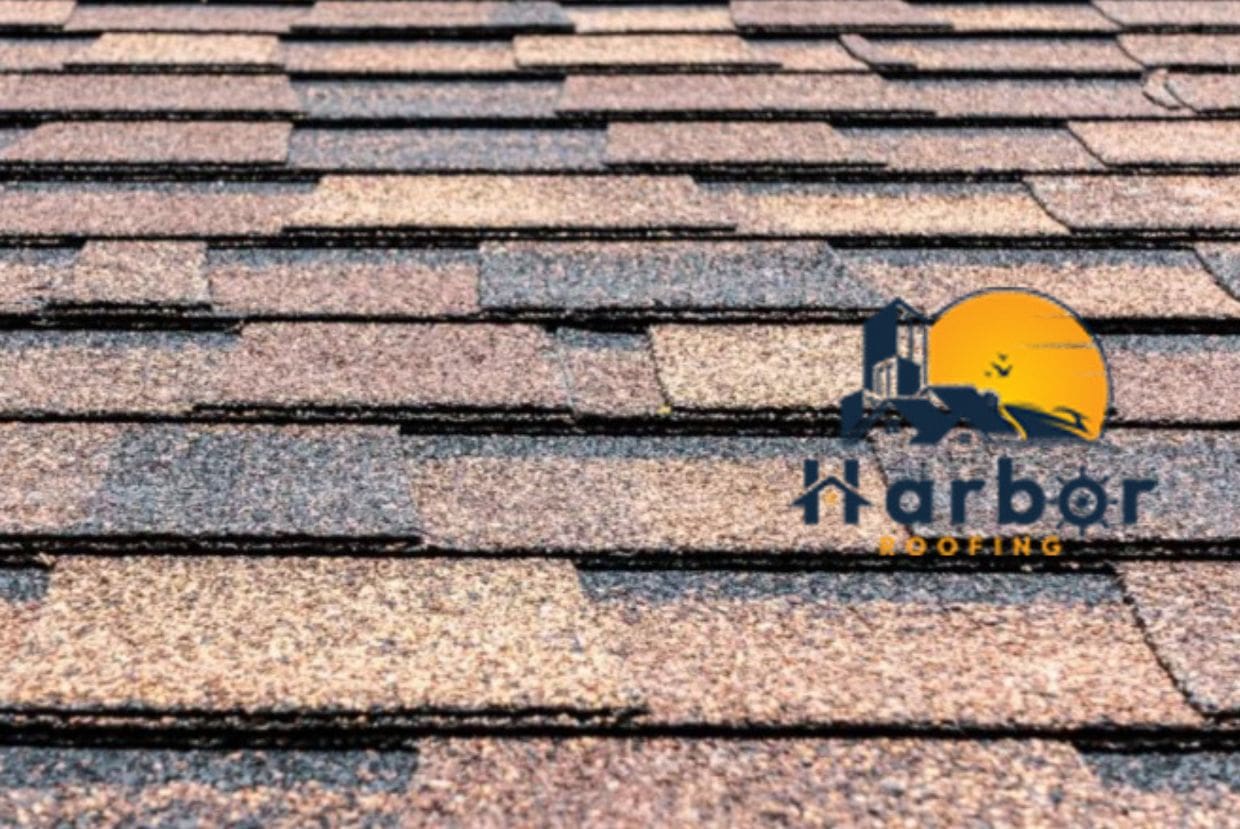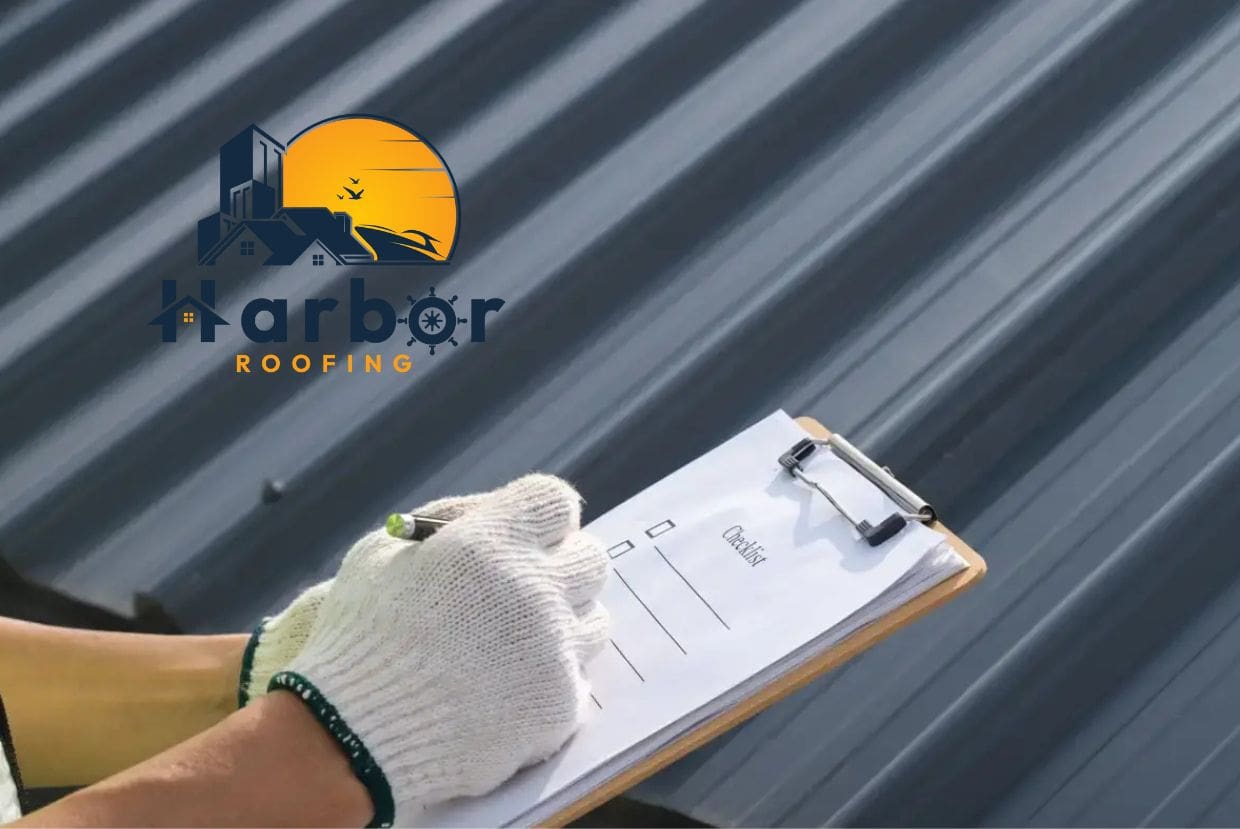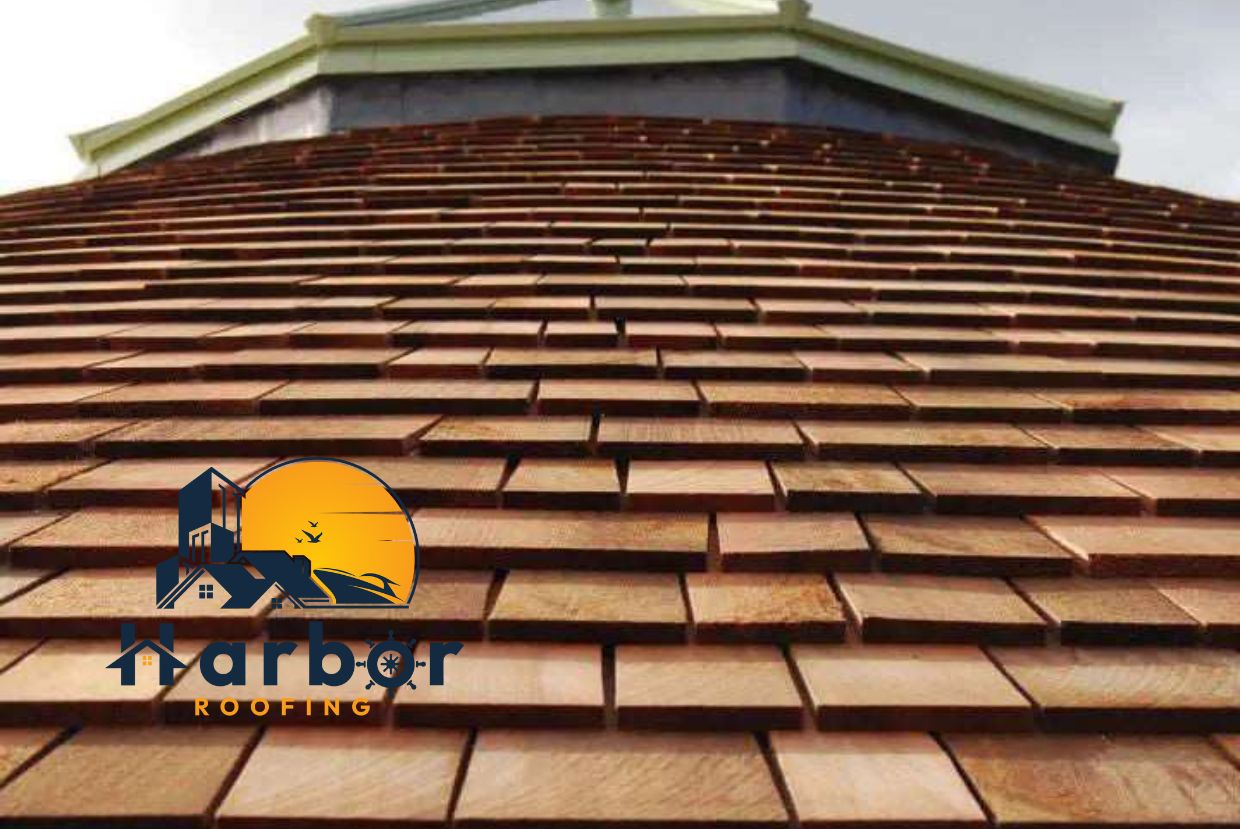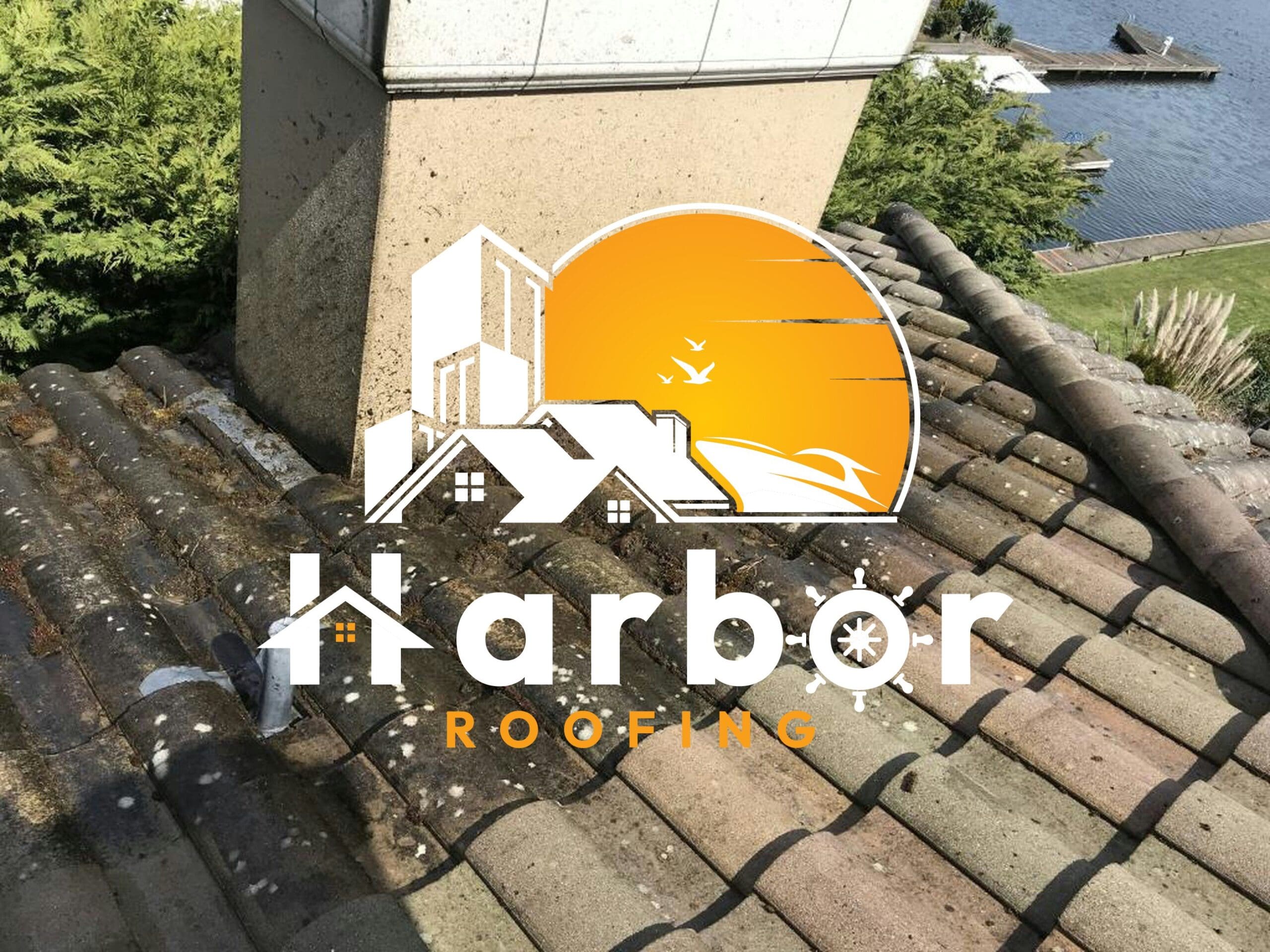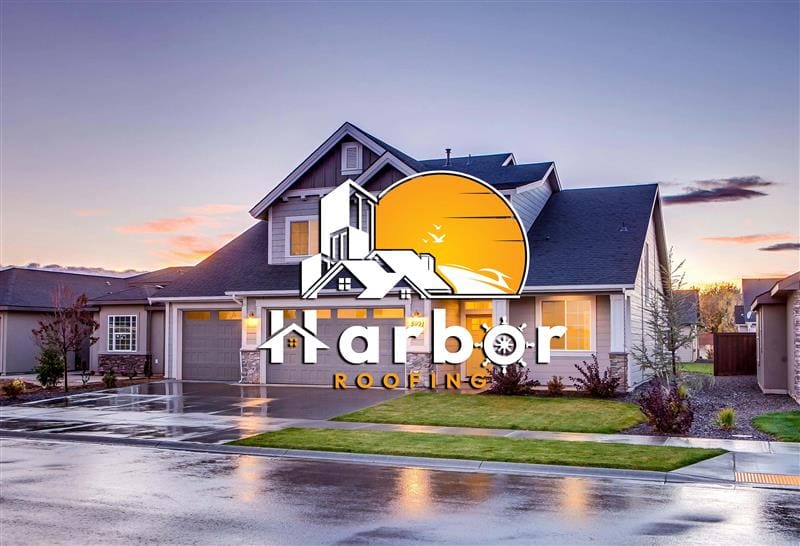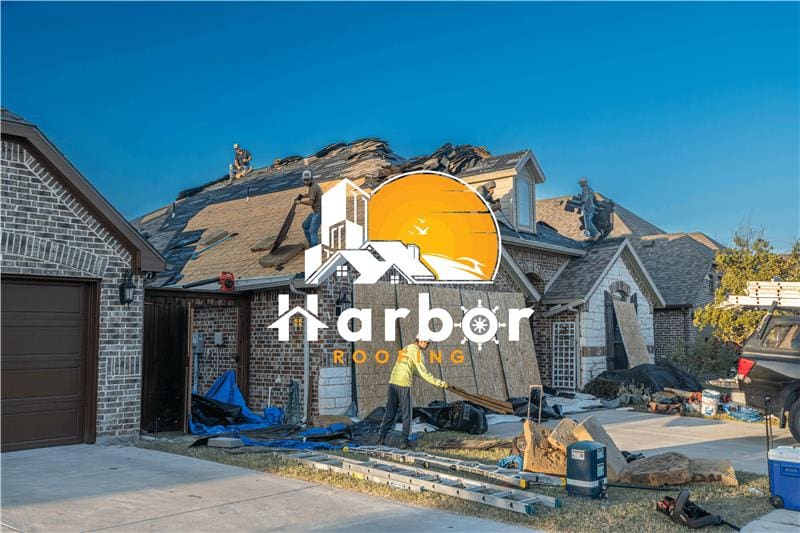Table of contents
- Florida’s Humid Climate – A Daily Challenge for Roofs
- How Humidity Damages Roofing Systems
- How Common Roofing Types Perform in Humid Conditions
- Signs that Humidity Is Harming Your Commercial Roof
- Maintenance Strategies to Fight Humidity Damage
- Planning a Humidity-Resistant Commercial Roof
- Why Local Experts Matter for Commercial Roofing in Florida
- Staying Ahead – A Maintenance Checklist for Commercial Roofing
- Protect Your Investment from Humidity Damage
Sunshine and palm trees might be what people picture when they think of Florida, but it’s the thick, heavy humidity that your roof remembers most. While most people worry about storms and rain, it’s the constant damp air that slowly wears down your commercial roofing system. You may not see it happening right away, but over time, humidity can create serious and expensive damage if you’re not prepared.
The real challenge with humidity is that it doesn’t come and go like a storm; it sticks around. Day and night, season after season, your roof is under constant pressure from moisture in the air. Over time, this leads to wear and tear that most building owners don’t notice until it’s too late.
This blog explores how Florida’s high humidity affects different types of commercial roofing. We explain what roof systems face, how to prevent damage, and why local expertise matters. Whether you manage an office, warehouse, strip mall, or retail center, this guide will help you protect your asset against moisture problems.
Florida’s Humid Climate – A Daily Challenge for Roofs
In Florida, average relative humidity stays between 70% and 90% year-round. Summers take it higher, with timely tropical storms and frequent rain. This makes your roofing prone to disasters if it is not managed properly.
The constant moisture from the weather wears down your roofing materials. It seeps into layers that normally remain dry, fostering mold and algae. It degrades insulation and metals. In many cases, humidity does more damage than a single Florida storm, because it is ongoing, day after day.
How Humidity Damages Roofing Systems
These are the most common ways Florida’s humidity can impact your commercial roof and why you should take it seriously.
Moisture Absorption
Roofing materials like asphalt shingles or older membrane systems soak up the most moisture. At first, it does not seem like a big problem, but with time, it gets worse, causing swelling, softening, and even cracks. Since the moisture sits inside the material, it results in faster aging, weakens the roof, and reduces its overall lifespan. With this problem persisting, you will also see sagging and leaking in some areas, which makes it extremely difficult for your roof to hold up.
Unwanted Growth of Microorganisms
Hot, damp conditions are a breeding ground for things like mold, mildew, and algae. These organisms cling to your roof surface and slowly eat away at its protective layers. Not only does it look bad, think black or green streaks, but it also traps more moisture against the roof. This leads to faster decay and can cause musty odors to drift inside the building. Left untreated, it can also be a health concern for people working or living under that roof.
Insulation Breakdown
When moisture sneaks past the roofing layers, it often ends up in your insulation. And once insulation gets wet, it stops doing its job, keeping your building cool in summer and warm in winter. Wet insulation also becomes heavy, which can strain your ceiling and even lead to collapse in severe cases. Over time, it can turn into a hidden mold factory, especially in places with poor ventilation.
Blistering & Delamination
Humidity doesn’t just stay on the surface; it pushes warm, moist air into the roofing system itself. When vapor gets trapped between layers, it can cause bubbling (blisters) or separation (delamination) of the materials. These damaged spots act like welcome mats for rainwater, which then seeps inside. If ignored, these small imperfections can snowball into major roof failures and water damage inside your building.
Structural Rust or Rot
Humidity doesn’t stop at the roof membrane. Metal parts like fasteners, flashing, and beams start to corrode over time. Wooden support structures can absorb moisture too, leading to soft spots, rot, or even termite infestations. This kind of structural damage often hides until it’s too late, like during a storm or when the roof starts to sag. Fixing it means more than just patching a leak, it could mean tearing out entire sections of the building frame.
How Common Roofing Types Perform in Humid Conditions
Different materials face humidity differently. Here’s a comparison for clear understanding:
| Roof Type | Effect of Humidity | Best Practices in Humid Climate |
| Asphalt Shingles | Absorb moisture, prone to algae, curl, or crack | Use algae-resistant types, and inspect often |
| Metal Roofing | Moisture-resistant, but can rust at seams or screws | Use rust-proof coatings, seal edges, and clean annually |
| TPO/PVC Membrane | Strong moisture barrier, weak seams can leak if poorly fused | Certified installation, reseal seams over time |
| Modified Bitumen | May blister or crack from trapped humidity | Add proper ventilation, use high-quality flashing |
| Built‑Up Roofing | Layers can trap moisture and degrade | Clean regularly, reseal, and check for trapped water |
Asphalt Shingles
These are low-cost and easy to install. They are sometimes used on smaller commercial roofing structures. But in Florida’s humid climate, asphalt shingles absorb moisture. That leads to warping, curling, and algae growth. Lifespan tends to be 15–25 years, much shorter than other materials.
Metal Roofing
Metal stands up well to humidity if it’s coated and maintained. Reflective metal panels help reduce heat gain. When you choose commercial metal roofing, ensure coatings protect all seams and screws. A well-maintained metal roof can last 40–70 years in Florida conditions.
TPO / PVC
TPO (Thermoplastic Polyolefin) and PVC (Polyvinyl Chloride) membranes provide excellent moisture resistance. They reflect heat well and resist mold or algae. The biggest risk is poor seam installation. If seams aren’t heat-welded correctly or re‑sealed over time, humidity finds its way in.
Modified Bitumen
This layered roofing system combines asphalt with reinforcing fabrics. It handles moisture better than plain asphalt shingles. But moisture can still get trapped beneath layers if ventilation is weak or seams fail. Proper flashings and perimeter sealing are vital.
Built-Up Roofing (BUR)
Built-up roofing makes a strong barrier with asphalt and fabric layers. However, humidity can get trapped between layers. Standing water and trapped debris accelerate deterioration. Regular cleaning and resealing are necessary to maintain durability.
Signs that Humidity Is Harming Your Commercial Roof
Humidity damage often starts subtly. Here’s how to detect trouble before it becomes a costly problem.
- Visible blisters or bubbles on flat membrane roofs
- Black streaks or green patches of algae or mildew
- Soft or spongy roof areas on walkable surfaces
- Rust around metal flashing or fasteners
- Musty or moldy odors inside the building
- Cold spots or higher humidity indoors indicate insulation loss
- Sagging ceiling tiles or buckling roof deck
When you spot even one or two of these signs, schedule an inspection. Early action prevents escalation and saves future repair costs on your commercial roofing.
Maintenance Strategies to Fight Humidity Damage
Preventing humidity damage to your commercial roofing system takes regular work and smart planning:
Bi‑Annual Inspections
Have a licensed commercial roofing contractor inspect your roof at least twice per year, ideally in early summer and after hurricane season. They’ll catch minor issues before they turn into leaking disasters.
These regular checkups help you spot things like lifted flashing, clogged drains, or early signs of mold. Staying ahead of small problems can save you thousands in major repairs down the line.
Clean Roof Debris
Leaves, trash, branches, and ponding water trap moisture. Clean your roof and drain regularly. This prevents algae growth, membrane breakdown, and moisture buildup.
A clear roof allows water to drain properly, which means fewer leaks and less chance of microbial growth. It also extends the life of coatings and keeps your roof looking well-maintained.
Improve Ventilation
Use vents, fans, and proper airflow systems to reduce trapped humidity. Good ventilation keeps vapor pressure low and limits blister formation.
It also helps regulate indoor air quality and reduces the risk of condensation inside the building. Proper airflow can make a big difference during Florida’s sticky summer months.
Upgrade Insulation
Old, wet insulation loses efficiency quickly. Installing moisture-resistant insulation helps regulate indoor temperatures and keeps HVAC systems from overworking.
This not only lowers your energy bills but also adds a layer of protection against long-term moisture damage. Modern insulation options are designed to withstand humidity and resist mold.
Seal and Reseal Penetrations
Areas around HVAC units, skylights, vents, or equipment must be tightly sealed. Moisture often enters through these weak points if not properly maintained.
Over time, seals degrade and need reapplication. Doing this regularly helps prevent silent leaks that might not be visible until major damage has already occurred.
Apply Reflective and Waterproof Coatings
Cool roof coatings reflect sunlight and temperature. Waterproof coatings add moisture resistance. Together, they reduce surface temperature and discourage mold and algae formation. These coatings also improve your building’s energy efficiency by minimizing heat absorption. They’re a smart investment in Florida’s hot and humid climate, where UV exposure and moisture go hand in hand.
Address Small Issues Quickly
Even minor cracks or leaks can worsen fast in humid conditions. A small repair today prevents a bigger failure tomorrow.
Florida’s weather can go from sunny to stormy in a heartbeat, and any weak spot in your roof becomes a liability. Don’t wait, early action is always cheaper than emergency fixes.
Planning a Humidity-Resistant Commercial Roof
For new installations or roof replacements, planning with humidity in mind saves future headaches:
- Select roofing materials known to handle moisture, like metal, TPO, or PVC.
- Design proper roof ventilation and vapor barriers.
- Use insulation rated for high-humidity environments.
- Ensure roofing contractors follow Florida building codes and humidity best practices.
- Consider reflective coatings, even if not required, as they reduce moisture retention.
By planning ahead, you protect your roof against slow damage and significantly extend its service life.
Why Local Experts Matter for Commercial Roofing in Florida
Florida’s weather is unique. Managing commercial roofing in high humidity is trickier than in drier states. That’s why local expertise matters.
Harbor Roofing understands the impact of humid air on roofing systems. We know how to select materials, install systems, and perform maintenance to minimize mold, rust, and degradation. Our team complies with Florida’s building and humidity codes. We work proactively to spot moisture issues before they become emergencies.
We’ve helped offices, schools, warehouses, and retail centers avoid downtime and unexpected roof failures. Our clients save money, prolong roof life, and keep their buildings dry year-round.
Staying Ahead – A Maintenance Checklist for Commercial Roofing
Here’s a quick reference checklist to keep your commercial roofing healthy in Florida humidity:
- Roof inspection every 6 months
- Clean roof surface and drains regularly
- Check for algae, mold, and mildew
- Inspect seams and flashings for cracks or rust
- Reseal around penetrations (vents, skylights, HVAC units)
- Confirm the ventilation system is working correctly
- Apply reflective/waterproof coating annually
- Monitor indoor humidity and insulation condition
- Address leaks or surface defects immediately
Use this checklist to stay ahead of problems and keep your roof operating efficiently.
Protect Your Investment from Humidity Damage
Florida’s high humidity is more than just sticky air; it’s a constant threat to your commercial roofing system. Over time, moisture causes mold, degradation, insulation loss, and even structural issues.
But with the right materials, regular maintenance, proper ventilation, and local expertise, you can protect your property. Commercial roofs built with humidity resilience in mind will last longer, cost less over time, and keep your building safe and efficient.
If you’re concerned about your roofing system in Florida, Harbor Roofing is here to help. We offer inspections, repairs, preventative coatings, and full installations that tackle the challenges of Florida humidity head-on.
Reach out to Harbor Roofing today and ensure your commercial roofing system stays dry, clean, and durable through every season.
